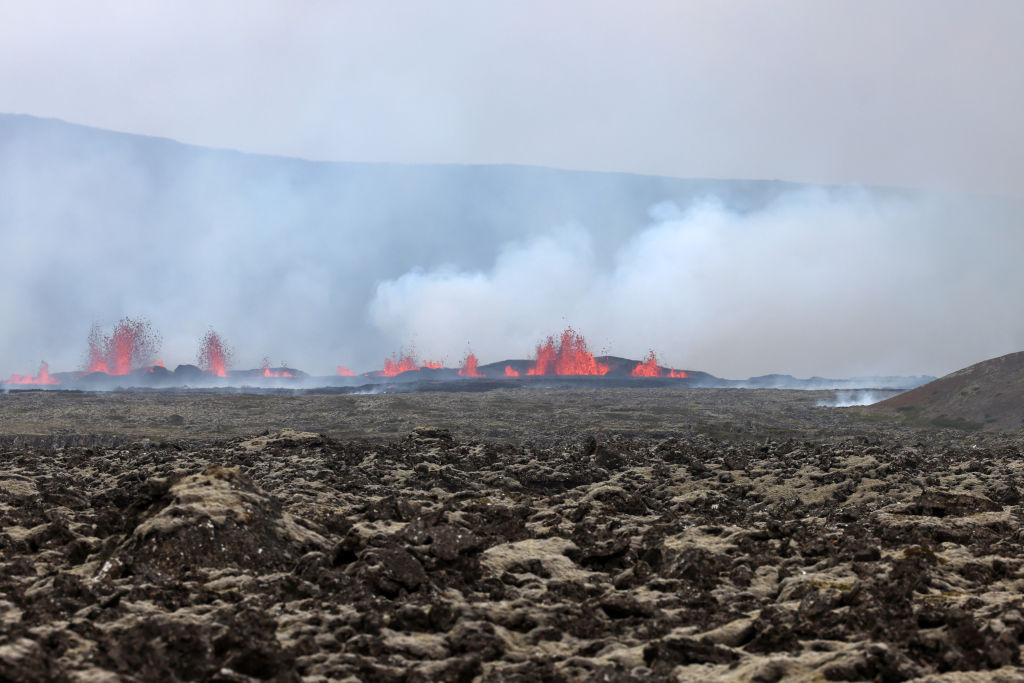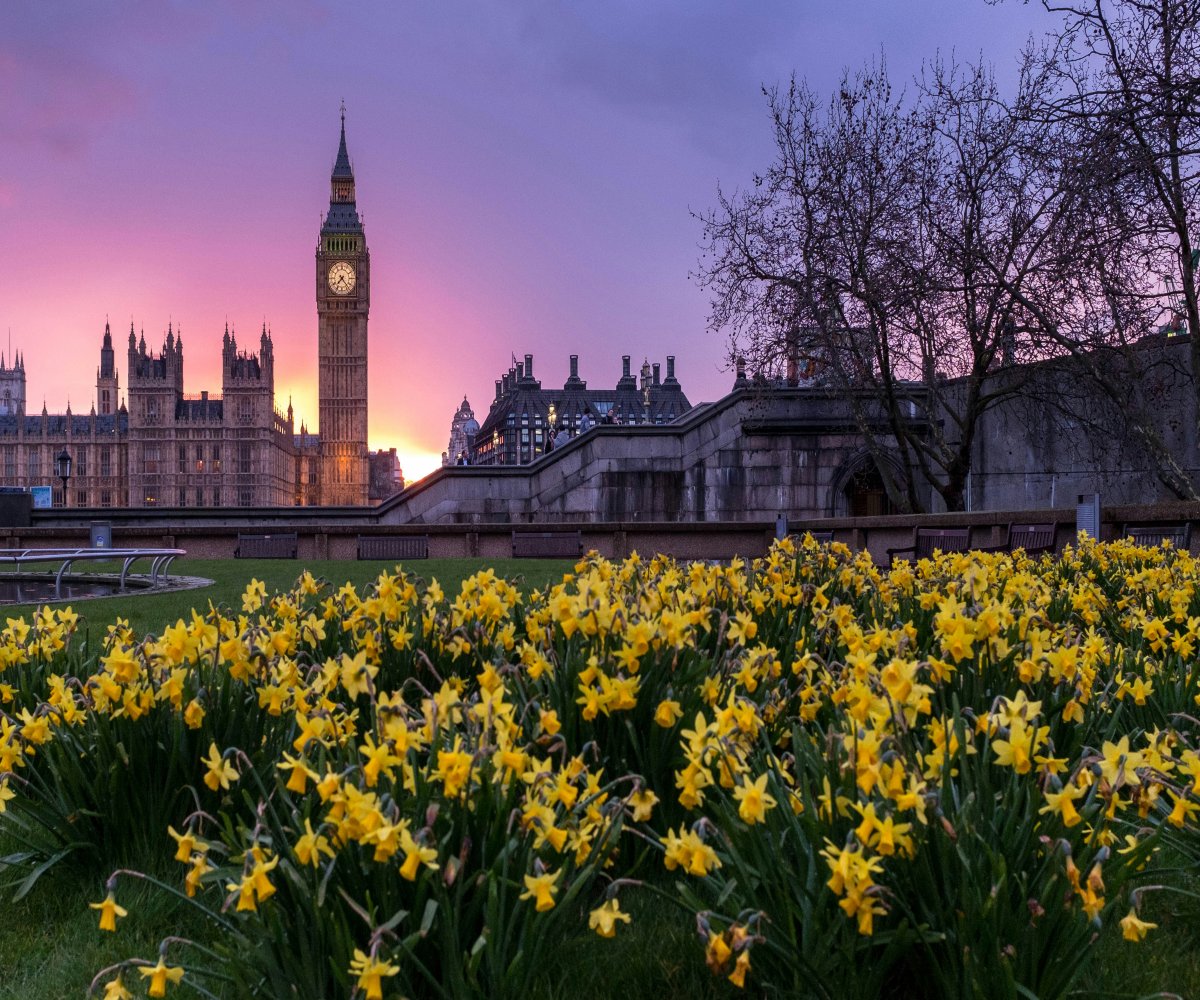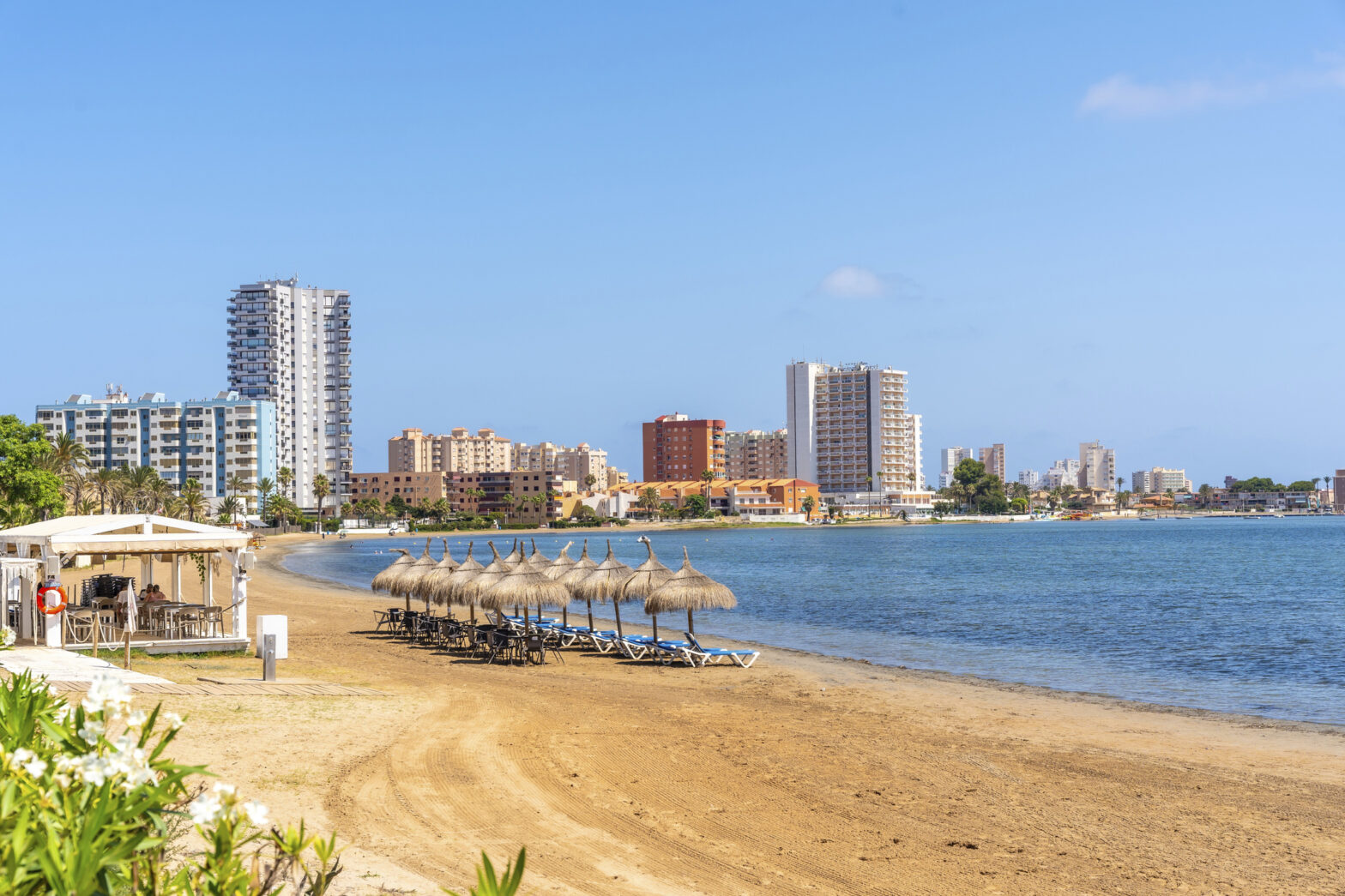Another volcanic eruption in Iceland has prompted nearby evacuations, including at the tourist hotspot, the Blue Lagoon. Iceland’s Met Office began sharing notifications around 1 a.m. local time (Greenwich Mean Time (GMT)) on July 16 about the possibility of a forthcoming eruption on the Reykjanes Peninsula. At 4:05 a.m., the country’s meteorological authority reported an eruption at Sundhnúksgígar Crater Row. Information shared 30 minutes later noted that the site had lava fountains but no ash clouds pluming into the sky.
Throughout the day, the aviation codes bounced between red and orange. The Met Office’s first alert included a red aviation code, meaning an “eruption is forecasted to be imminent” or occurring, with “significant emission of ash into the atmosphere” that’s possible or already happening. The last code the authority released on Wednesday downgraded the event to orange for the second time that day. The latter aviation code indicates that a “volcano is exhibiting heightened unrest with increased likelihood of eruption,” or that an eruption is already happening, “with no or minor ash emission.”
A July 17 update noted that the Sundhnúkur Crater Row volcanic eruption was ongoing, though with “decreased” activity. The volcanic activity prompted authorities to call for the evacuation of the Blue Lagoon – a popular geothermal spa location where many go to soak – around 2 a.m. Grindavík, a nearby fishing town, also had to evacuate.
Margrét Kristín Pálsdóttir, a local police commissioner, told the Associated Press that people vacated the impacted areas within around 90 minutes.
“Of course, people have different opinions on whether the evacuation is necessary, but it is a decision we make and take responsibility for,” she noted.
The Latest Volcanic Eruption In Iceland
The Reykjanes Peninsula is under an hour’s drive to or from Iceland’s capital, Reykjavik. Locals and travelers should refer to the Met Office’s updated hazard map to know where to avoid following this week’s eruption. The map will be “valid until July 22 unless significant changes in activity occur.” Also, check the authority’s daily “gas dispersion forecasts” to determine whether there’s hazardous air quality around you.
Volcanic eruptions in Iceland aren’t uncommon, particularly during the last several years. This week’s occurrence is the ninth since 2023 and the 12th since 2021.
On July 17, Visit Iceland noted that the country’s air traffic is “unaffected” by this week’s volcanic activity. The source also stated that outside the nearby areas where the eruption occurred, Iceland’s other sites and attractions should also remain unaffected. Moreover, the site’s designated page about the country’s volcanoes notes that “public safety is a top concern.”
“Seismic activity and crustal movements are closely monitored for any signs of unrest in Iceland’s 32 active volcanic systems,” says the source. “Infrastructure is also designed to deal with natural catastrophes. As a result, serious consequences are extremely rare.”





